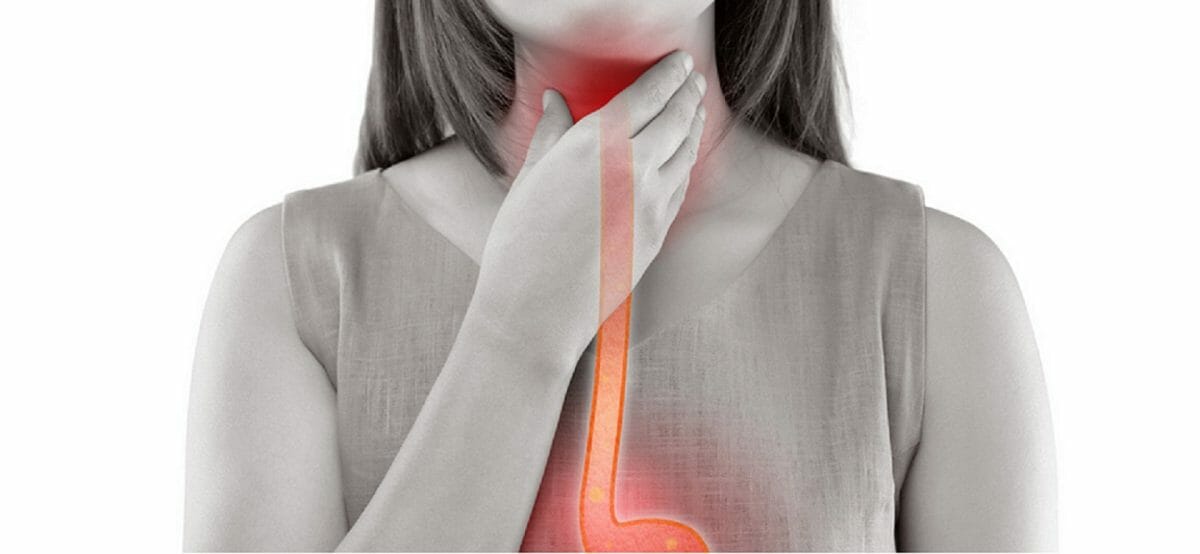When a sore throat is bothering you, accurately diagnosing the cause and addressing inflammation could expedite your recovery. Here are some ways that you can treat your sore throat effectively.
Examine Your Throat
Getting a close look at your throat may give you a better sense of whether your throat is irritated, infected, or both. In general, it’s a good idea to take a look at your throat as soon as it starts feeling yucky so you can see if the problem is getting better or worse over the next few days.
Using a flashlight, look at both sides of the very back of your mouth concentrating on your tonsils. Redness that is accompanied by additional upper respiratory issues such as a stuffy nose might be indicative of a common cold or flu virus. Mild cases of pharyngitis or tonsillitis may occur without any other noticeable symptoms.
Look for White Spots
When you look at your throat, keep an eye out for white patches that look like plaque or pus. If you observe a plaque-like material, getting lab work may be the best course of action. White or yellowish coating on your tonsils could signify the presence of an active infection, but you shouldn’t automatically conclude that strep throat is the culprit.
Other transmissible viruses such Epstein Barr, which is a common precursor to mononucleosis, can result in patchy discolorations in epithelial tissue. In addition, certain Sexually Transmitted Diseases could also cause a thick white coating or sores to appear on and around your tonsils. Primary HSV-2 or chlamydia symptoms are sometimes limited to the throat and do not affect other parts of the body. Also, it is possible to contract these types of STDs from oral sex.
After diagnosis, a chlamydia infection can be effectively treated with antibiotics. You can treat HSV-2 symptoms with antiviral medication.
Clean Your Tonsils
A lot of people who have tonsil stones aren’t aware of them, but they’re a common cause of chronic bad breath and bacterial infections. They consist of calcified bacteria that get trapped in the crevices and folds of your tonsils.
Small whitish or yellowish formations that do not appear to be sores are likely to be stones, particularly if you have the feeling as though there is something stuck in the back of your throat. If you’ve experienced persistent bad breath that has developed into a scratchy and painful throat, there may be a bacterial infection brewing.
Carefully removing tonsil stones can alleviate discomfort and improve your breath. The best way to go about it is to flush them out with a syringe that has an angled tip. Short bursts of water tend to be the most successful tactic.
Angled syringes aren’t a medicine staple in most medicine cabinets or first aid kits, so you may need to order one or look for one at your local drug store. Avoid using a waterpik to remove tonsil stones. Most oral irrigators are designed for cleaning your teeth and gums, so your waterpik may be too abrasive for this sensitive area of your throat. Gargling with an antiseptic rinse is another good way to loosen tonsil stones and combat bacterial infections.
Use a Natural Remedy to Treat Symptoms
For soothing a sore throat and healing oral irritations, honey is a great go-to remedy. In particular, Manuka honey with a UMF of 15 or higher can eliminate bacteria while it protects damaged membranes.
Mixing Manuka honey in hot tea will soothe your throat and thoroughly coat your tonsils. You can also enjoy it straight out of the jar.
Ultimately, visible signs of a sore throat that exceed moderate redness or swelling may merit medical attention. When your throat is very inflamed, invading viral organisms and bacteria will be better able to attach themselves to the rough texture, which may lead to worsening soreness. Diagnosing the cause and taking decisive steps to alleviate your symptoms will help you make a speedy recovery.
